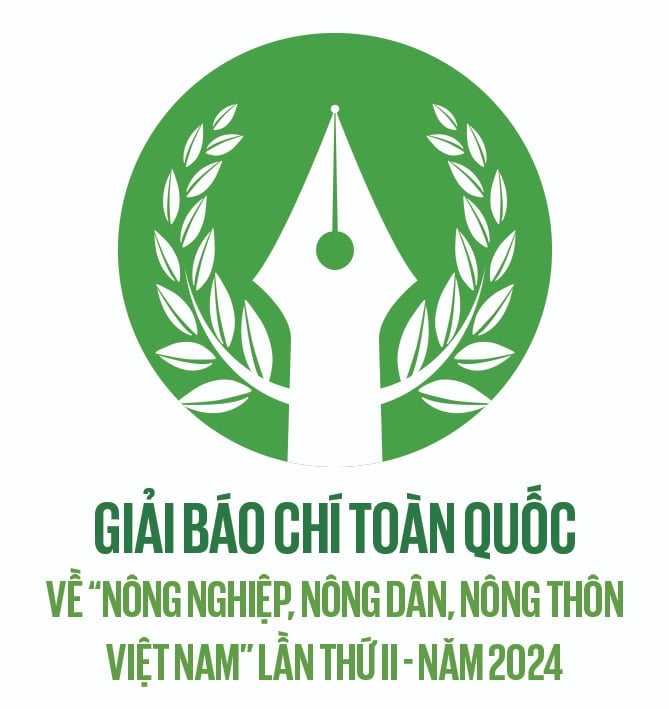
Mr. To Van Khai shares his experience of getting rich from large fields.
Collecting fields, spending billions to buy machinery to make large-scale fields
On the first day of autumn, chatting while showing us around the fields, Mr. Khai said that before, the fields of An Ninh commune were so muddy and low that many people called them the “rotten season”. Many farmers who had been growing rice for many years and had a lot of experience had to leave their fields to find other jobs. Some people just stayed home and decided not to work in the fields because wading in the fields was too hard, and the harvest was also uncertain, so everyone was bored.
"Many people have left their fields fallow for decades but still do not lend, rent or sell them. Because people are afraid of losing their fields. I felt so sorry that I had to go from house to house to persuade them. Later, after getting a few hectares, I decided to buy a machine to work right away," said Mr. Khai.
Around 2021, the government had a policy of reclaiming Mr. Khai’s family’s thousands of square meters of farmland to build an industrial park. The compensation was about 3 billion VND. After many nights of thinking, he finally decided to spend more than 2 billion VND to buy plows, transplanters, drones, etc. to collect fields to plant rice.
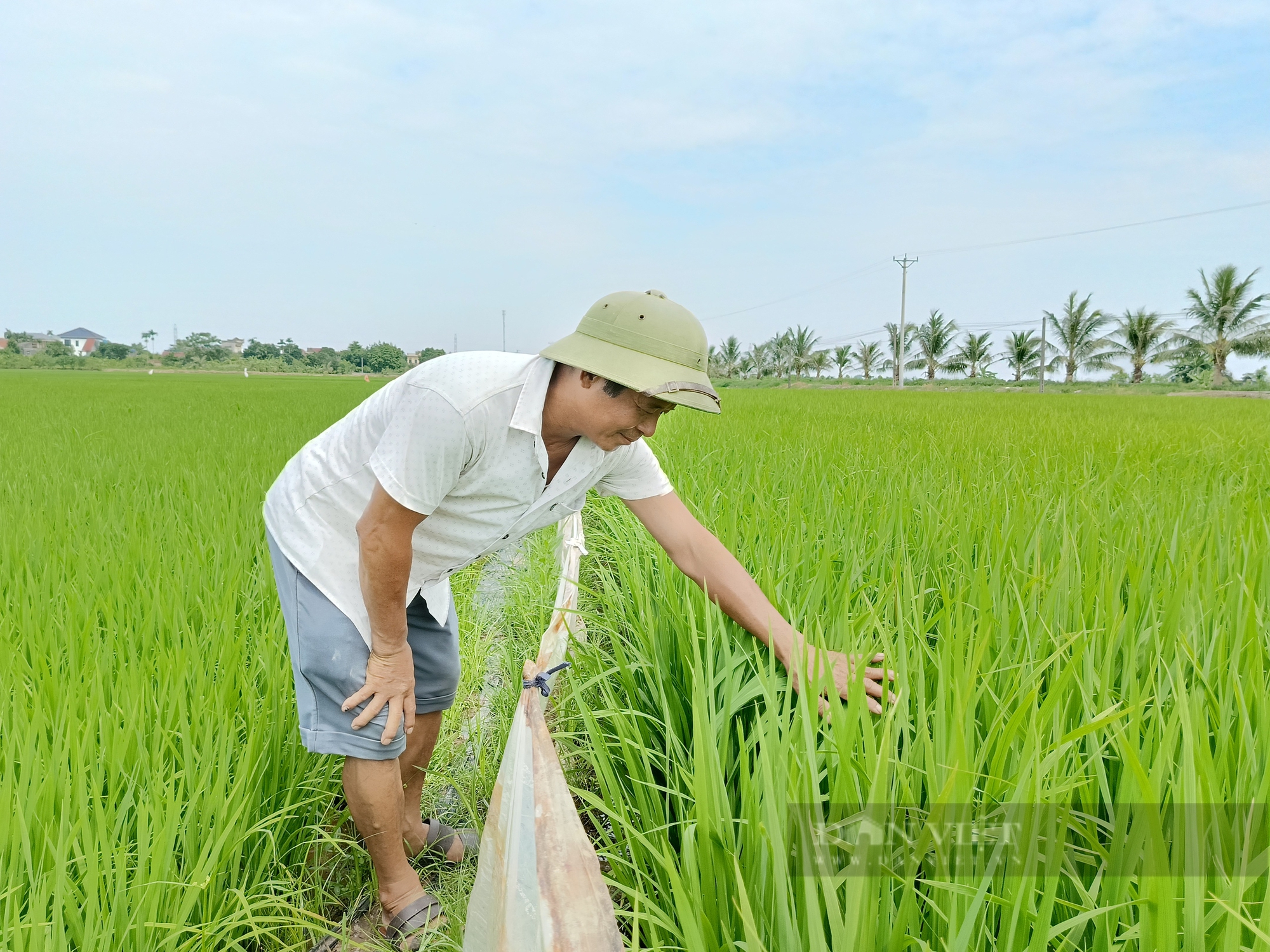
Mr. Khai checks the rice crop at An Ninh field.
"When I bought the machines, many people said I was crazy because many people in the village had left their fields to grow weeds for decades, and now I was pouring billions into growing rice. Even some family members tried to stop me, but I ignored them and decided to bring all the machines home to fulfill my dream of growing a large farm," Mr. Khai recalled.
Mr. Khai said: In his life, there were several times when the villagers of An Ninh called him crazy. The first time was around 2000, when the whole village was growing rice, he suddenly turned around and bought a tanker truck worth hundreds of millions of dong to hire out septic tanks for houses in the city.
"Back then, people said I was crazy, stoned, and mentally ill because I was pumping out feces and getting sick. But at that time, the septic tank pumping business was booming, and there was a lot of demand from people in the city. There was a time when I pumped and brought it back to sell to farms every day, earning tens of millions of dong. In recent years, I have transferred the business to other family members," Mr. Khai revealed.
The second time, around 2018, he left home to set up a pig farm by the river. At that time, there were no large farms in the area, people only raised a few pigs on a small scale, so he poured billions into raising pigs, making everyone suspicious and saying he was "bragging". After running the farm for a few years, the local government had a policy to reclaim land for an industrial park project, so Mr. Khai returned to collect land to grow rice.
The day he brought the machine to the field, the grass and trees were still growing over his head, even the machine. "At first, leveling the field was very difficult, there were parts where I had to use an excavator to level it. In the first crop, I did a trial on a few hectares, increasing the amount of fertilizer and nitrogen to about 10kg (double the amount of fertilizer and nitrogen compared to normal fields), so it was effective immediately, on average we harvested about 200 kg of rice per sao, so everyone in the village was surprised," Mr. Khai shared.
Linking rice cultivation to reduce costs
After the first successful crop, his reputation spread far and wide, Mr. Khai collected more fields. To do big business, Mr. Khai cooperated with members of the An Ninh Cooperative to buy fertilizers, pesticides, etc. directly from the factory, so the price was always 20-30% cheaper than the market price and he got high quality products.
According to Mr. Khai, when participating in the association, cooperative members are supported with 10kg of rice seeds/sao and are supported and guided in transferring science and technology into production in a very methodical and effective manner.
"Thanks to the joint rice cultivation, we have reduced many costs. Every year, my family alone uses hundreds of tons of fertilizers and pesticides, which saves tens of millions of VND per crop. This is an amount of money that many rice farmers dream of," Mr. Khai affirmed.
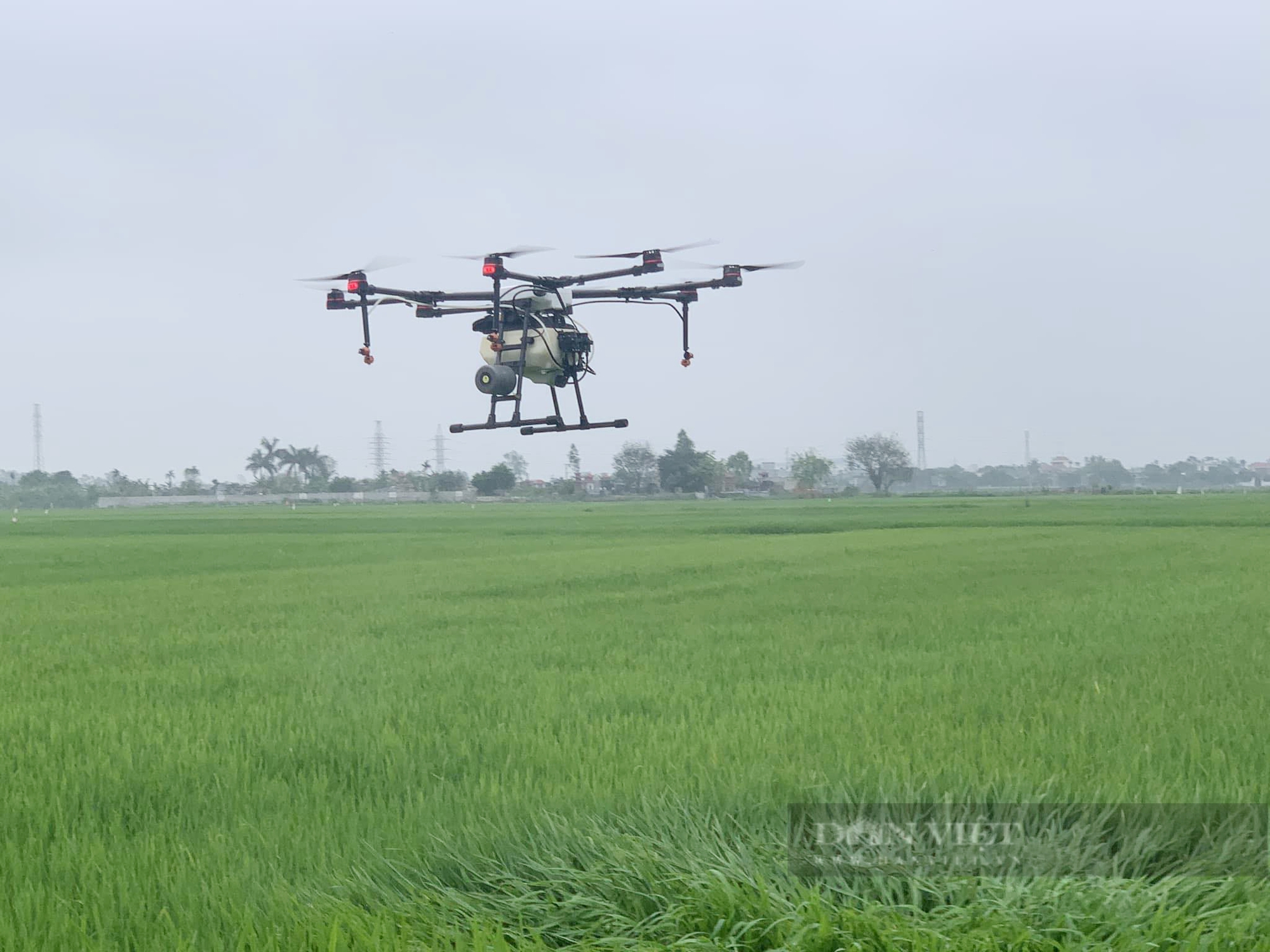
Mr. Khai invested in buying drones to spread fertilizer and spray pesticides on rice.
Every year, Mr. Khai plants about 25 hectares of Japanese rice. Because the production stages are thoroughly mechanized from plows, tillage, transplanters, spraying planes, and fertilizer applications, labor and costs are significantly reduced.
To grow 25 hectares, Mr. Khai only needs about 2 people, so the cost is minimized. Mr. Khai calculates: On average, the production cost per sao is only about 800,000 - 900,000 VND, including the cost of buying seeds, land for rice seedlings, fertilizers, pesticides, gasoline, machine oil, cooperative service fees, etc.
"Currently, I grow two crops a year and harvest about 200 tons of rice. When harvesting, traders' trucks stop at the field to buy fresh rice at a price of about 7,500 - 8,300 VND/kg. Every year, the rice fields bring my family billions in revenue," Mr. Khai boasted.
In many northern localities, farmers are still hesitant to produce the winter-spring rice crop because this is the time of year when the weather is the most erratic, making rice production uncertain, but Mr. To Van Khai is still very proud: Now that I have made large fields with thorough mechanization, I can confidently produce on a large scale, turning challenges into opportunities to get rich.
From abandoned fields full of weeds and swamps, thanks to the perseverance of people to reclaim and care for them, they have now become green rice fields stretching as far as the eye can see. Leading us through the young rice fields, predicting a bumper crop, Mr. Khai was overjoyed: "My dream of a large farm has come true, journalist!"
"Are you planning to expand the rice acreage in the near future?", we asked, Mr. Khai smiled and said: "I still want to expand, even adding a few hundred more hectares is also possible".
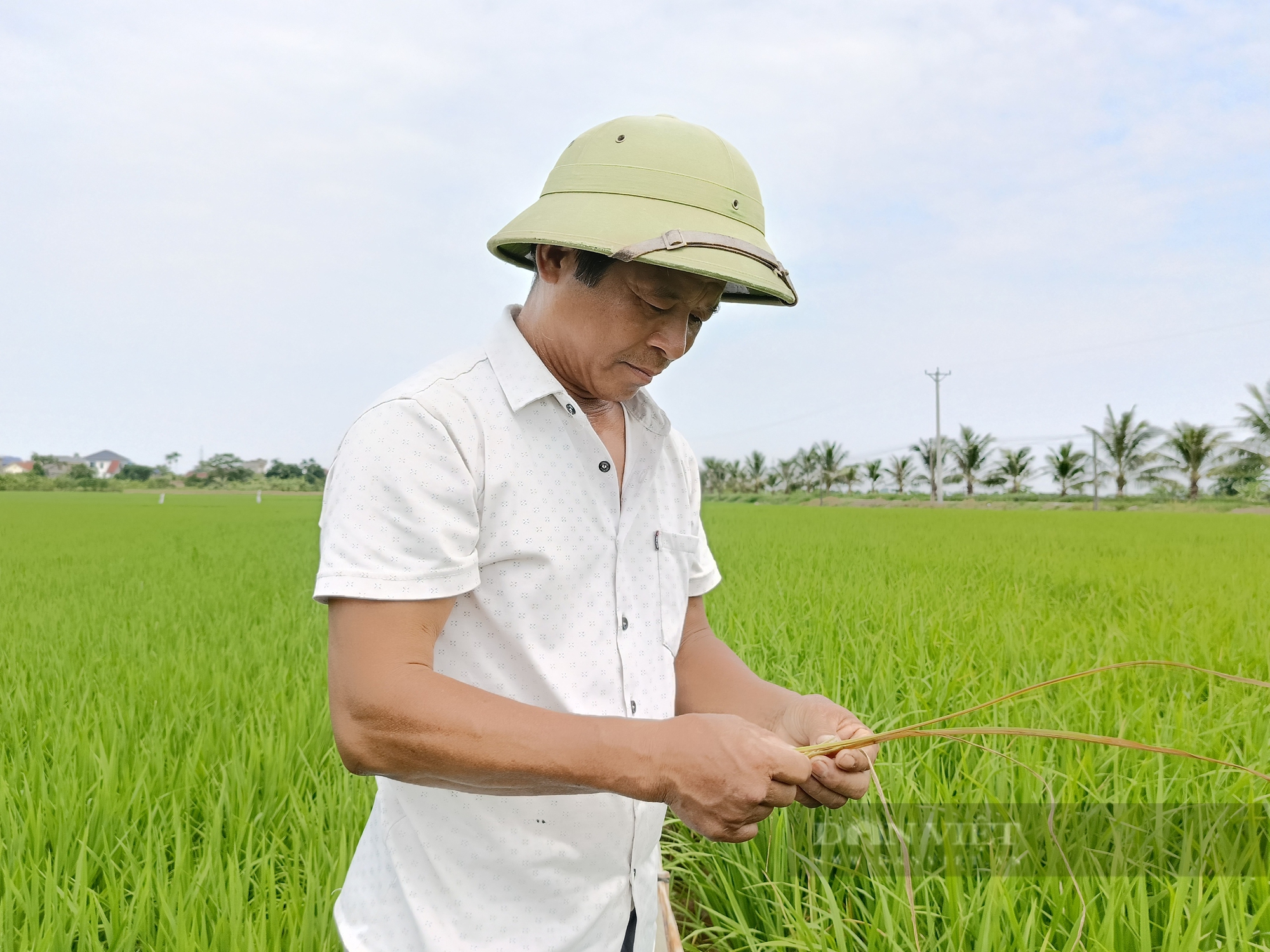
According to Mr. Khai, if the fields are large, people can still get rich from rice.
Currently, Mr. Khai is looking to build a rice dryer but has not found land yet. "When there is a dryer, the harvested rice can be put into the dryer for easy preservation and can be sold at any time. But now, the rice harvest is good but traders still force down the price. We really hope that the locality will support more land for our family to invest in making a dryer for us and the local people," Mr. Khai suggested.
According to Mr. Khai, from the past until now, people still hold the view that growing rice cannot make them rich but only enough to eat. However, in his opinion, at this time, if people can cultivate large areas and invest thoroughly in machinery from land preparation to harvesting and processing, they can still get rich.
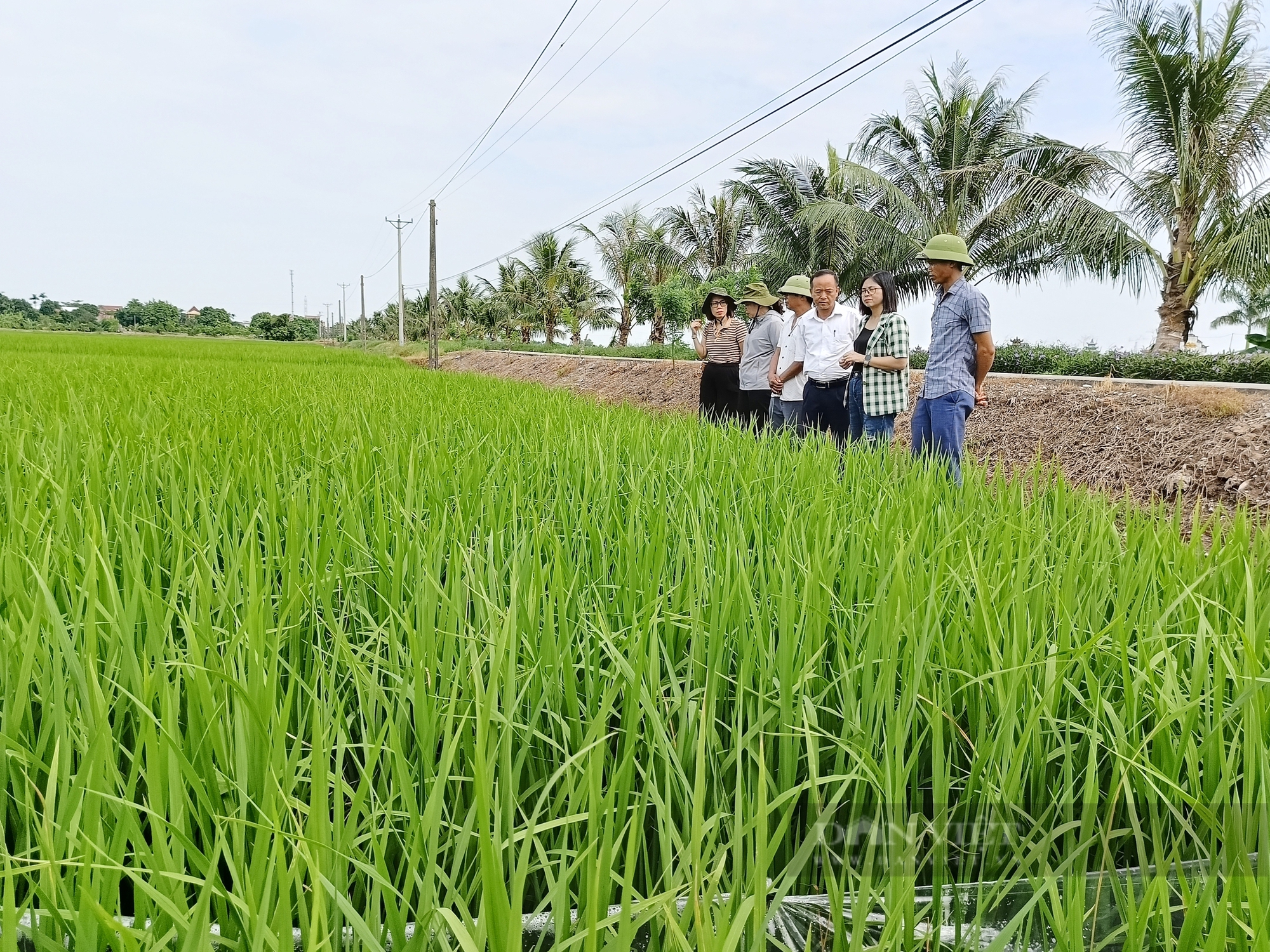
Delegates visited Mr. Khai's Japanese rice field in An Ninh village, An Ninh commune.
"New-age farmers must abandon the fragmented, small-scale thinking of each sao and each plot, and must accumulate areas into large fields to be able to apply industrialization to replace human labor. For example, using drones every day can spray pesticides and fertilize dozens of hectares, which is not toxic to humans, and can spread fertilizer and pesticides evenly and very effectively," Mr. Khai added.
Mr. Nguyen Giao Huong - Secretary of the Party Committee of An Ninh Commune, Quynh Phu District, commented: Mr. To Van Khai is not only a pioneer in collecting abandoned land from the people in the commune to cultivate, but also invested in buying the most machinery in the district to cultivate rice. This is truly a very exemplary model of large-scale cultivation in the locality. We hope that through Mr. Khai's way of doing things, he will inspire many other households in and outside the commune to return to the fields and get rich from rice.
Source: https://danviet.vn/tung-bi-goi-la-ga-dien-nay-ong-nong-dan-thai-binh-co-25ha-lua-moi-nam-thu-200-tan-thoc-20240823151934311.htm


![[Photo] Prime Minister Pham Minh Chinh and Prime Minister of the Kingdom of Thailand Paetongtarn Shinawatra attend the Vietnam-Thailand Business Forum 2025](https://vphoto.vietnam.vn/thumb/1200x675/vietnam/resource/IMAGE/2025/5/16/1cdfce54d25c48a68ae6fb9204f2171a)







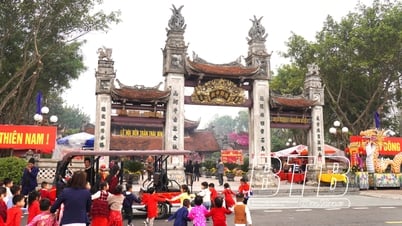

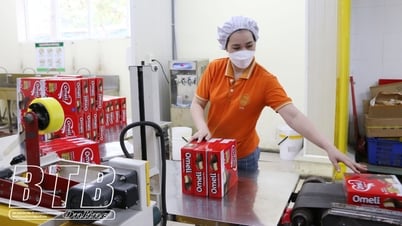





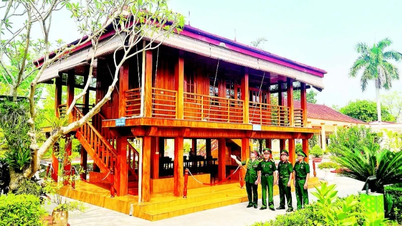

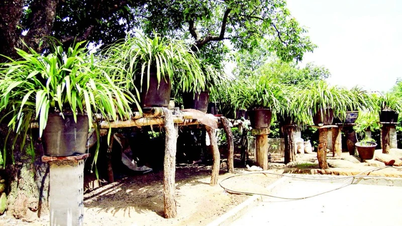
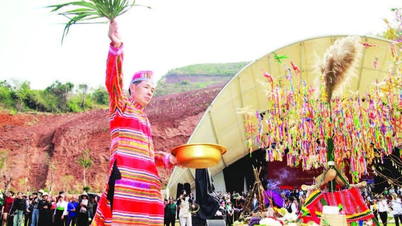
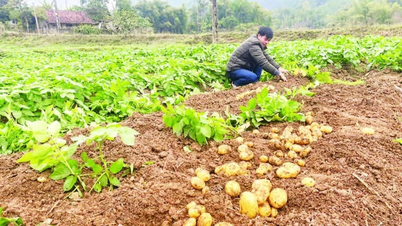
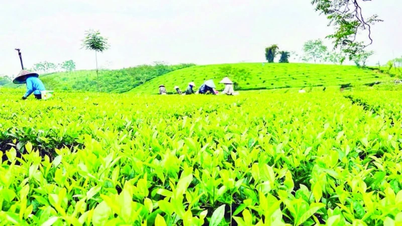
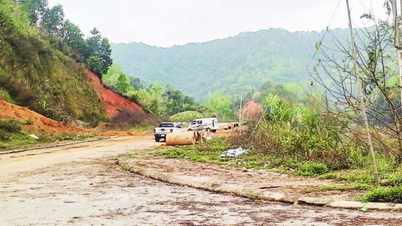






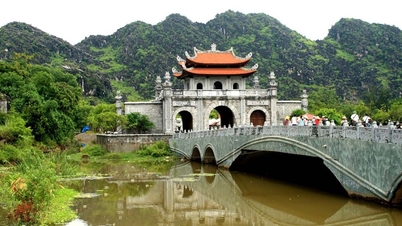
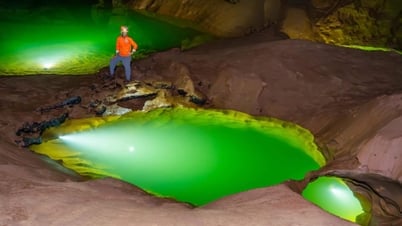
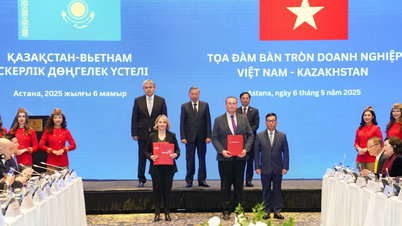

![[Photo] President Luong Cuong receives Prime Minister of the Kingdom of Thailand Paetongtarn Shinawatra](https://vphoto.vietnam.vn/thumb/1200x675/vietnam/resource/IMAGE/2025/5/16/52c73b27198a4e12bd6a903d1c218846)





























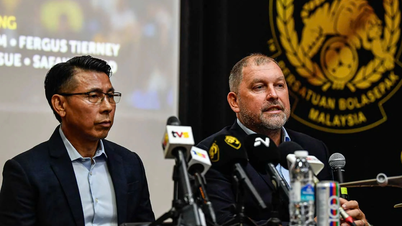


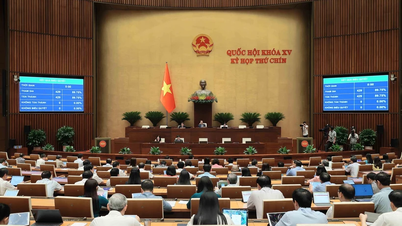




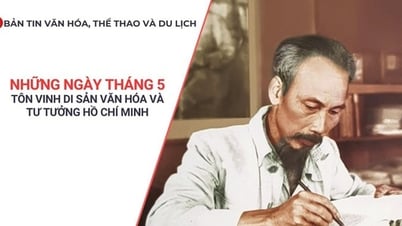

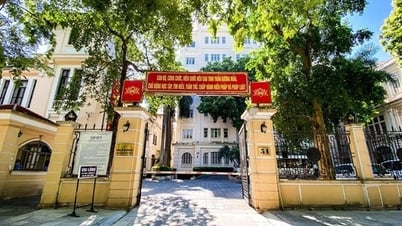




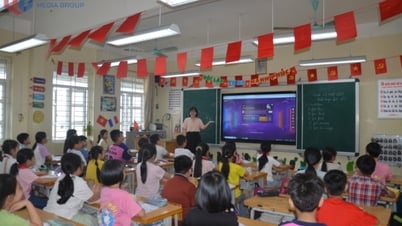

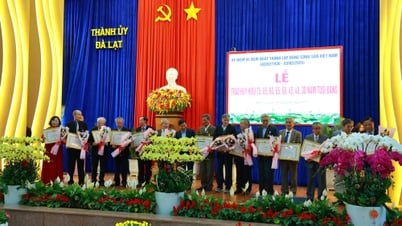


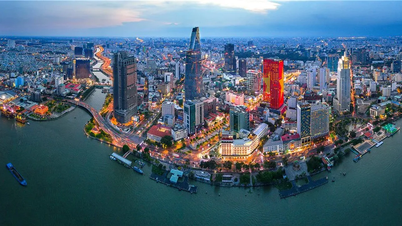

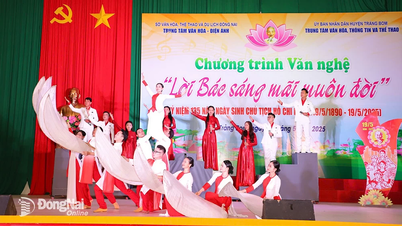

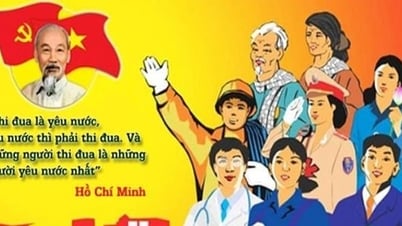










Comment (0)